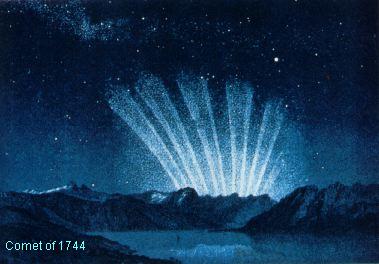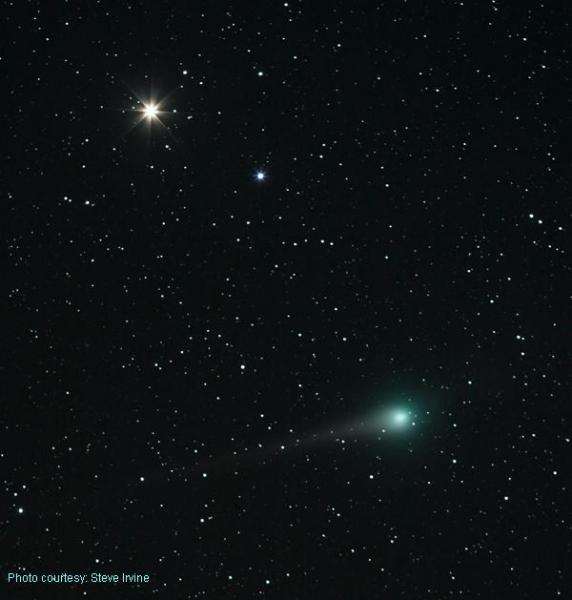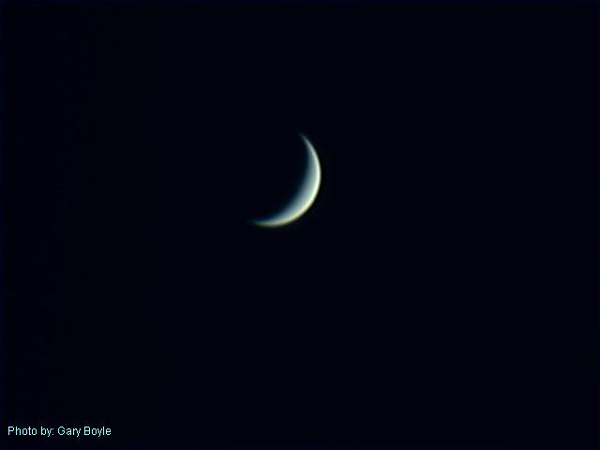Thanks Charles
The name Charles Messier is familiar with amateur and professional astronomers alike. Charles was bitten by the astronomy bug in his younger years, similar to the same way we got hooked on the wonders of the night sky. He had an early passion for the stars and such but two spectacular events swayed him to his future. First was the jaw-dropping Great Comet of 1744. It was discovered independently in December of 1743 by Dirk Klinkenberg and then four days later by Jean-Philippe de Chéseaux.

As naked comets go, this interstellar visitor was an incredible sight with reports of being as bright as Venus and the coma’s width measuring four lunar diameters wide. Obviously a comet this luminous would be seen without problem on a clear day. And if that wasn’t enough to inspire anyone on taking up astronomy, the Great Comet sported an array of six fan-shaped tails. The other major event came four years later with a total solar eclipse, seen from his home town.

Charle’s passion was comet hunting and between 1760 to 1785, he discovered and co-discovered a total of 20 comets of which 13 bare solely his name. But what we can really thank Messier for, is the list of celestial objects known as the Messier Catalogue that was a collection of nebulae, galaxies, and clusters that were comet candidates.
Messier as other comet hunters of the day would come across a faint fuzzy while scanning the skies – thinking it was a comet. However, the target did not move against background stars in a certain time period, nor did it have its iconic tail. Confident it was not what they were looking for, the astronomer would indicate its position along with describing it in his notes. Now when the hunter came across the same object in the sky, they would simply move on with their search thus saving valuable time.
The famous catalogue was first published in 1771 with only 45 entries. The next edition of 1780 added more new entries, pushing the number to 68 and by 1783, the catalogue grew to103. A few decades ago, historians found seven entries that were never added to the final catalogue. Thanks to the efforts of these dedicated fact-finders, the list is now at 110 with no more revisions.
Although this might seem like a large number of observable objects in the night sky, it is dwarfed by the thousands of targets modern telescope can now capture. Messier’s list is the brightest of objects (for the most part) and helps train the amateur astronomer in finding these distant wonders in the sky with a telescope. Today’s binoculars and dark skies are only required to find these treasures but a telescope would be better.
A few of these objects are deemed favourites at local star parties. As constellations rise and set throughout the year, there is only a certain time period to nail down these distant wonders. Completing this task can take a few years. But it just so happens, that one can find all these in a single night session.If planned right and moonlight is not an issue, all one hundred and ten objects can be seen in one entire night’s observing session, hence the term Messier Marathon. My personal best has been a hundred and four.
There are many sources and lists of objects to follow. These published lists are a strategic way to attack the sky from the first object M74 - a face-on spiral galaxy in the constellation Cetus in the west as soon as the sky is dark enough, all the way to the last and possibly difficult M30 – a globular cluster in Capricornus as you battle a brightening eastern sky. Obviously, this marathon would have to be done on a Saturday night as you will be up all night long. This year March 28 will be the best date as the new moon occurs on the 26th.
The best approach is to plan your path and study star charts. We live in an era of computerized, GOTO telescopes that move to specific targets at the click of a button. However, to enjoy the true meaning of the marathon, turn off the drive and star hop to visually find the objects. This approach trains the observer to memorize many of these locations. It might seem like a great feat but is no worse than memorizing where various family members and friends live. Have a great time, even if you find part of the list. Such an event would make a great addition to your logbook or log sheet.
Comet Lulin has put on a great show for stargazers around the world. It is special events such as this that lure the general public outdoor to find such a bright object. Although its closest passage to Earth occurred on Feb 24th when it swung below the planet Saturn, Lulin should be visible throughout the month of March but dimming quickly. Steve Irvine’s spectacular image shows the pair. The glow of the Full Worm Moon on the 10th will hamper your search. Comet Lulin takes on a greenish colour thanks to the cyanogen and carbon gasses and sported a lovely tail and rare anti-tail that has since subsided.

The bright planet Venus is beginning to sink back to the western horizon. This is the best time to view it in a telescope. Now the planet is taking on dramatic phase structure. In its track around the Sun, Venus (as all planets) are moving counterclockwise. So Venus is now moving toward us and appears larger but the sun’s illumination is getting thinner. A word of caution, do not attempt to find Venus with your telescope or binoculars when it gets too close to the Sun during the last week of March. You might catch unfiltered sunlight and permanently damage your eye.
It will time to adjust your clocks one hour ahead on Sunday, March the 8th. This now means you will start observing an hour later. Also, keep in mind to alter the conversion between your time zone and Universal Time. Jupiter is now pushing up the eastern sky and can be seen before sunrise. This planet should be easier to image this year as it is moving up the ecliptic and therefore we should have less turbulence to deal with.
Till next month, clear skies everyone.

